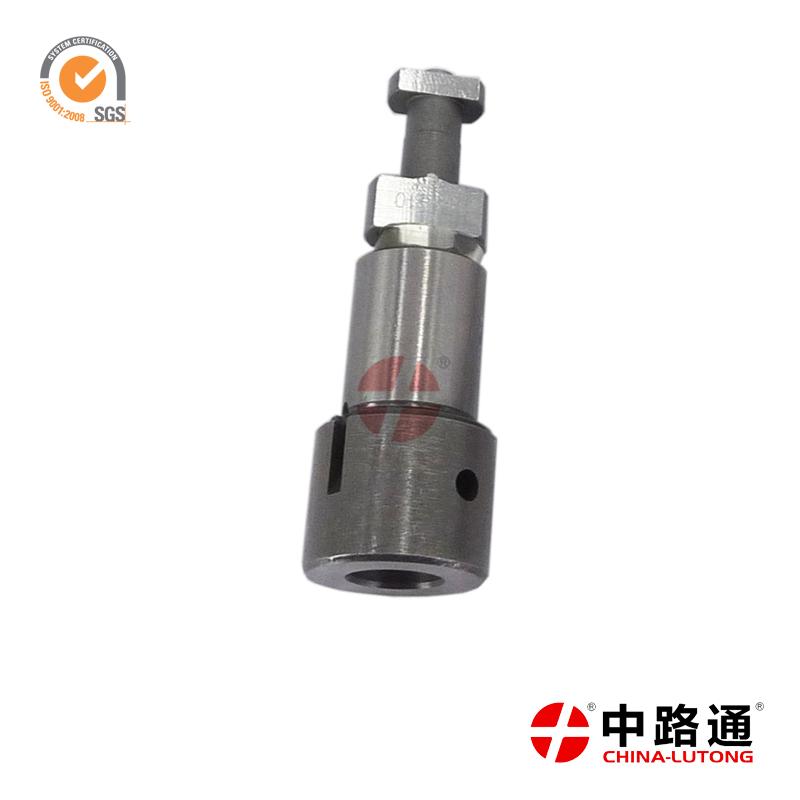Russian Plunger
plunger barrel suppliers for diesel injector pump plunger 00005-7110
How a common rail injection system work?
A common rail is one of the most important components in a diesel and gasoline direct injection system. The main difference between a direct and a standard injection is the delivery of fuel and the way how this one mixes with incoming air. In the direct injection system, the fuel is directly injected into the combustion chamber, skipping the waiting period in the air intake manifold. Controlled by the electronic unit, the fuel is squirted directly where the combustion chamber is hottest, which makes it burn more evenly and thoroughly.
The main advantages of the common rail direct fuel injection can be summarized in reduction of exhaust and noise emissions, better fuel efficiency and improved overall engine performance. The system consists of a high-pressure pump, injectors, a rail, and an electronic control unit.
Common rail Injector as one of most important components in common rail injection system, It is an accessory that must be replaced at high frequencies in the system.
All bosch diesel fuel injector nozzle must produce a fuel spray that meets the requirements of the performance and emissions goals of the market for which the engine is produced regardless of details of the fuel system design (i.e., regardless if the fuel system is of the common rail, unit injector, unit pump or pump-line-nozzle type). Additionally, specific requirements for bosch diesel fuel injector nozzle can also depend on the fuel system type :
Common rail-nozzle operates under more demanding tribological conditions and must be better designed to prevent leakage.
Unit injector/unit pump-pressure pulsing conditions create more demanding fatigue strength requirements.
Pump-line-nozzle-hydraulic dead volume must be minimized.
Product search by…
Contact

Promise of Quality:

All processes are managed under the ISO 9001:2008 standard. When it comes to Remanufacturing, even ISO TS 16949 is applied. Quality under hand and seal.

